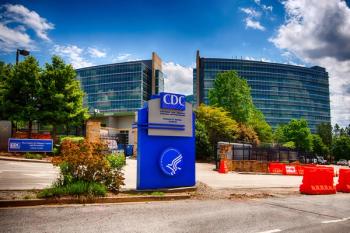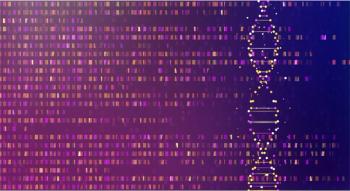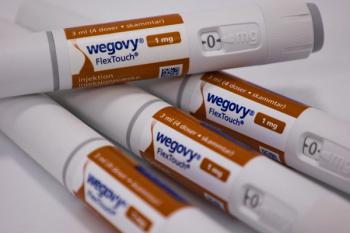
Treatment Target May Improve Brain Cancer Therapy
Glioblastoma Multiforme treatment may extend current one year survival rate.
Glioblastoma Multiforme treatment may extend current one year survival rate.
Researchers have found a new target for chemotherapy in the treatment of brain cancer that could extend survival beyond the current one year survival rate.
As part of a study presented at the annual American Society for Pharmacology and Experimental Therapeutics meeting, researchers pointed to the current difficulties in the treatment of Glioblastoma Multiforme (GBM).
"Glioblastoma Multiforme is the most common primary brain tumor in adults and among the most deadly,” researcher Alina Monteagudo said in a press release. “Unfortunately, after standard care treatment, patients have an approximate survival of one year. Cancer is a complex disease that can morph in order to adapt to new environments and because of this, achieving effective treatments is extremely difficult.”
The researchers found that transglutaminase 2 (TG2), a multifunctional protein regulating cell adhesion and motility, offers a promising chemotherapy target. The researchers evaluated whether TG2 has a significant involvement in the growth of GBM cells.
Investigators believe that inhibiting TG2 could lessen GBM cell growth and survival. The study utilized primary GBM human-derived cells as 3D spheres to test this theory.
These spheres are able to imitate actual processes in the brain by retaining the molecular integrity of the primary tumor. The researchers also used 2 established GBM cell lines to examine proliferation with different approaches.
The study revealed that NC9, a novel drug that treats transglutaminases, effectively inhibits TG2 and decreases the growth and survival of GBM cells, which suggests TG2 is a potential chemotherapeutic target for the treatment of GBM.
The researchers next plan to test NC9 in mice to establish the route of administration that will be more efficient in the delivery of the drug. Investigators also need to recapitulate GBM in a mouse model to evaluate whether inhibiting TG2 will lessen the formation of tumors.
The findings of these studies could potentially provide more specific and effective treatments for GBM patients.
Newsletter
Stay informed on drug updates, treatment guidelines, and pharmacy practice trends—subscribe to Pharmacy Times for weekly clinical insights.














































































































































































































